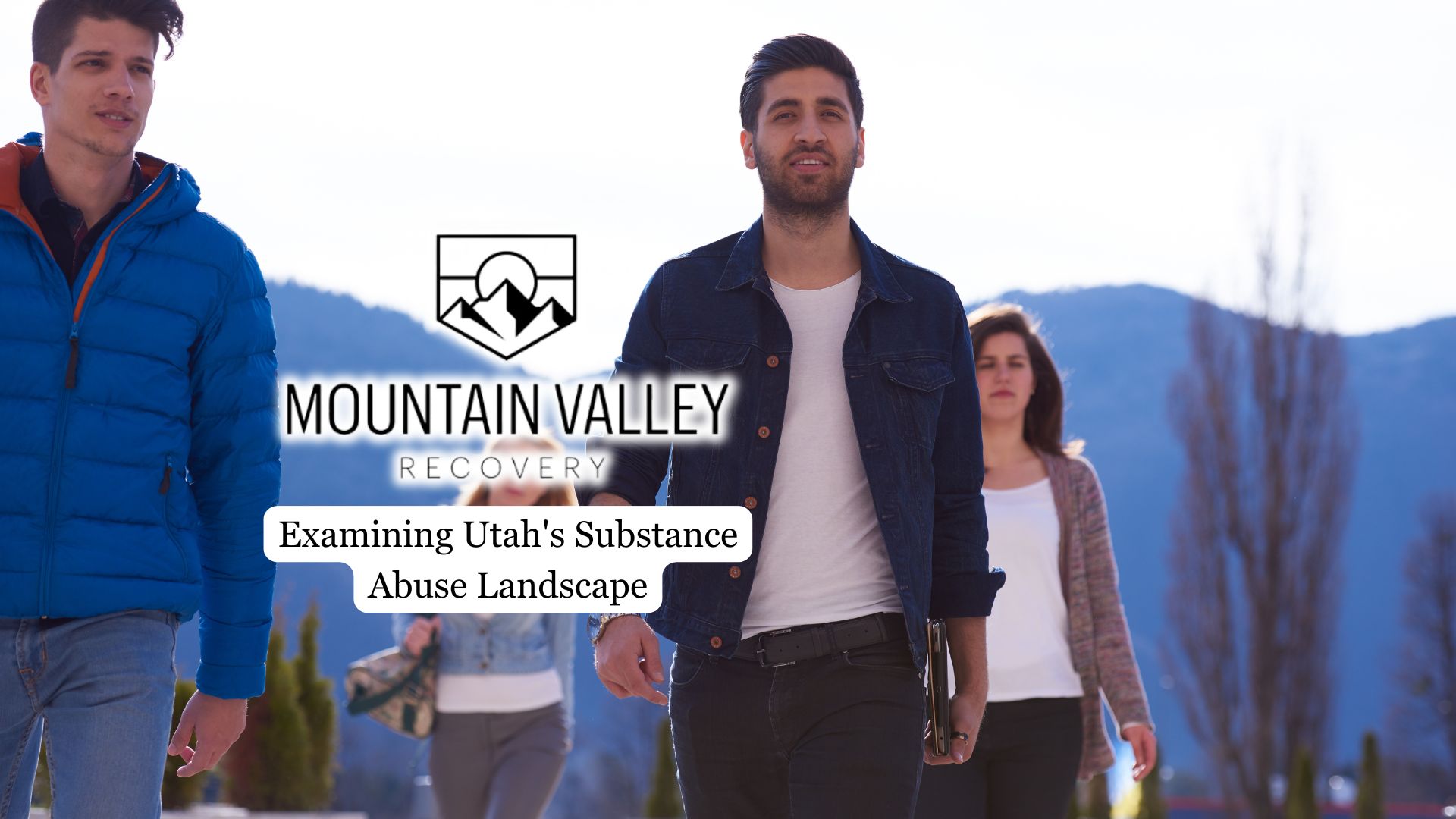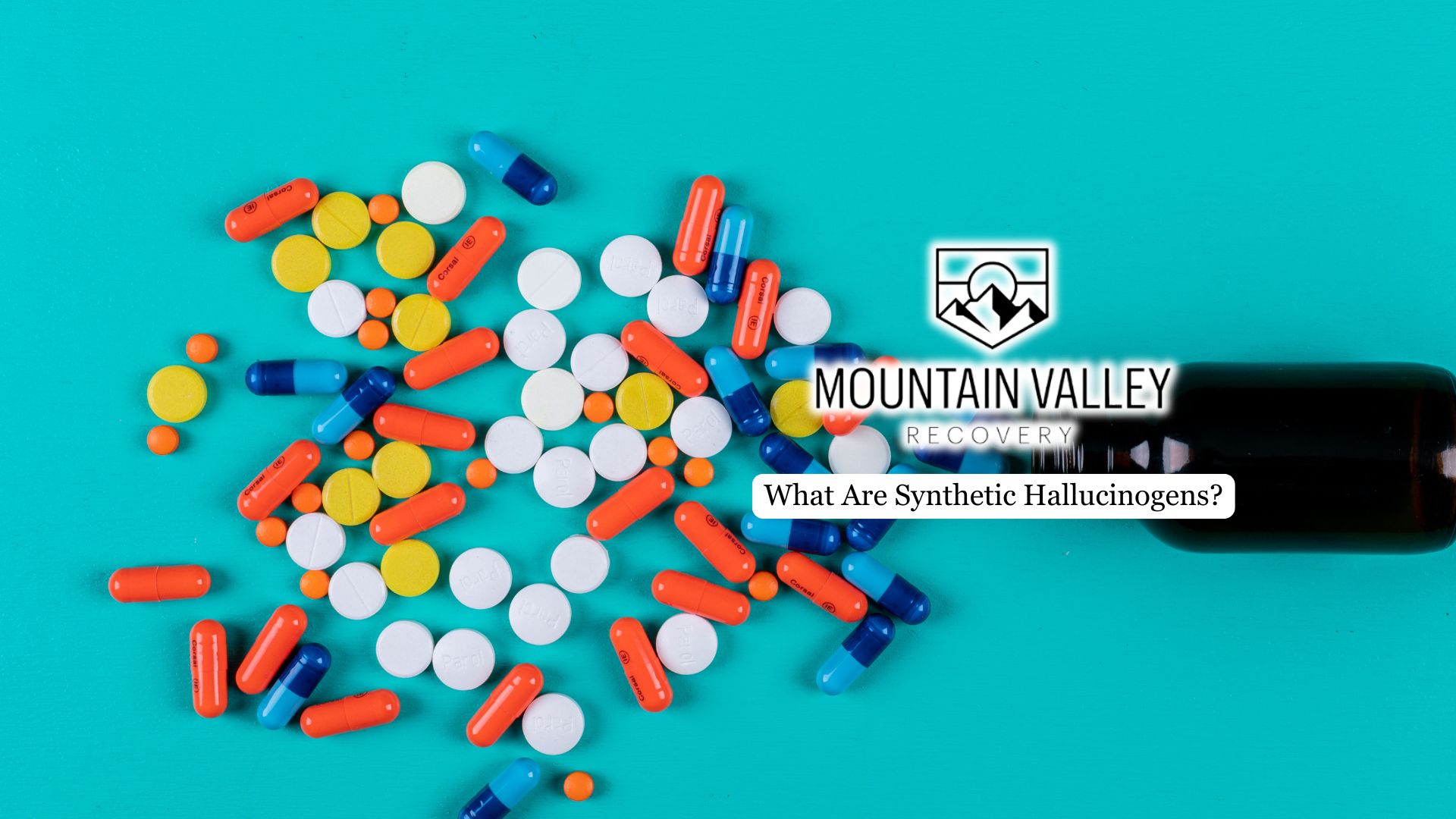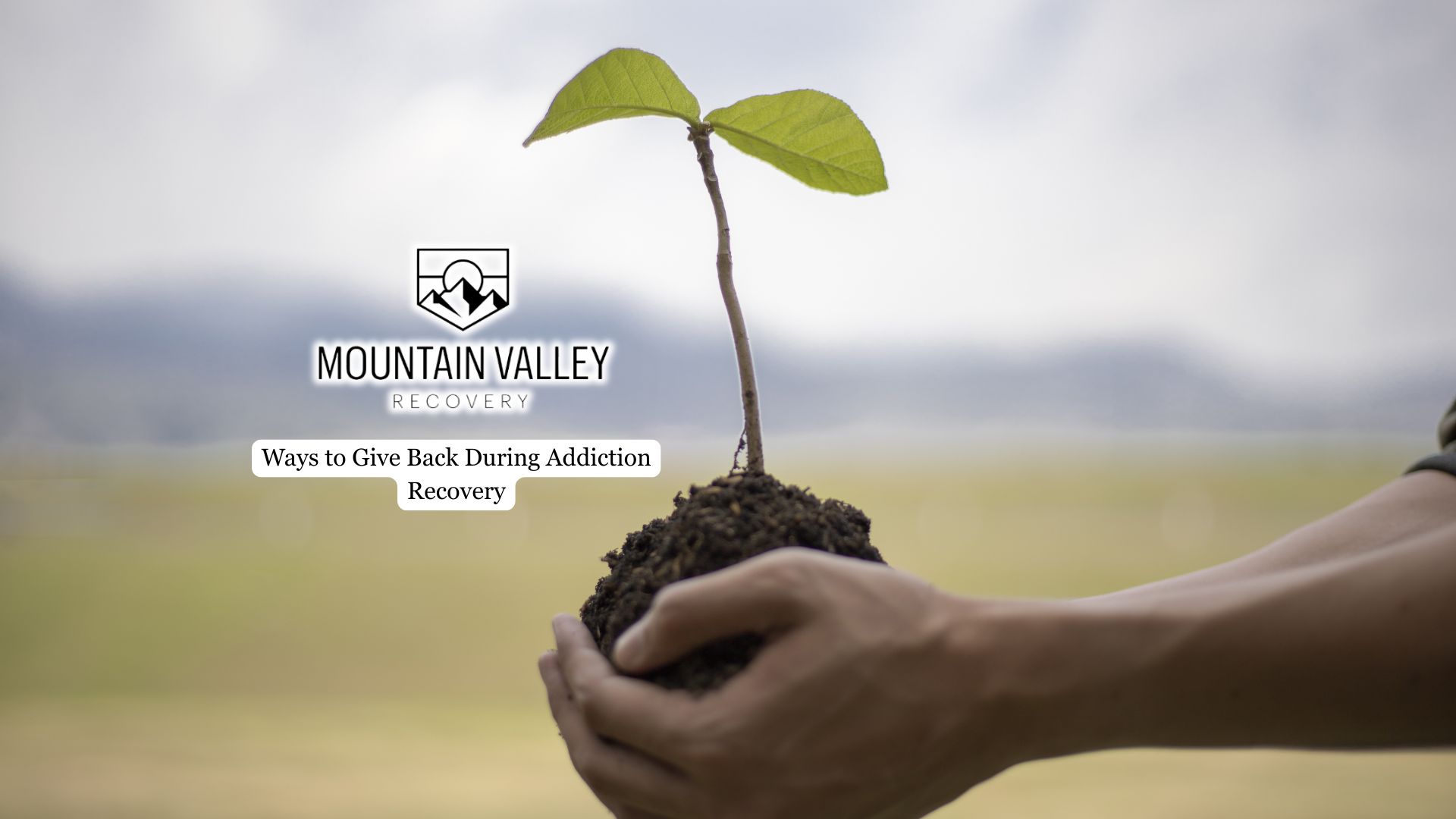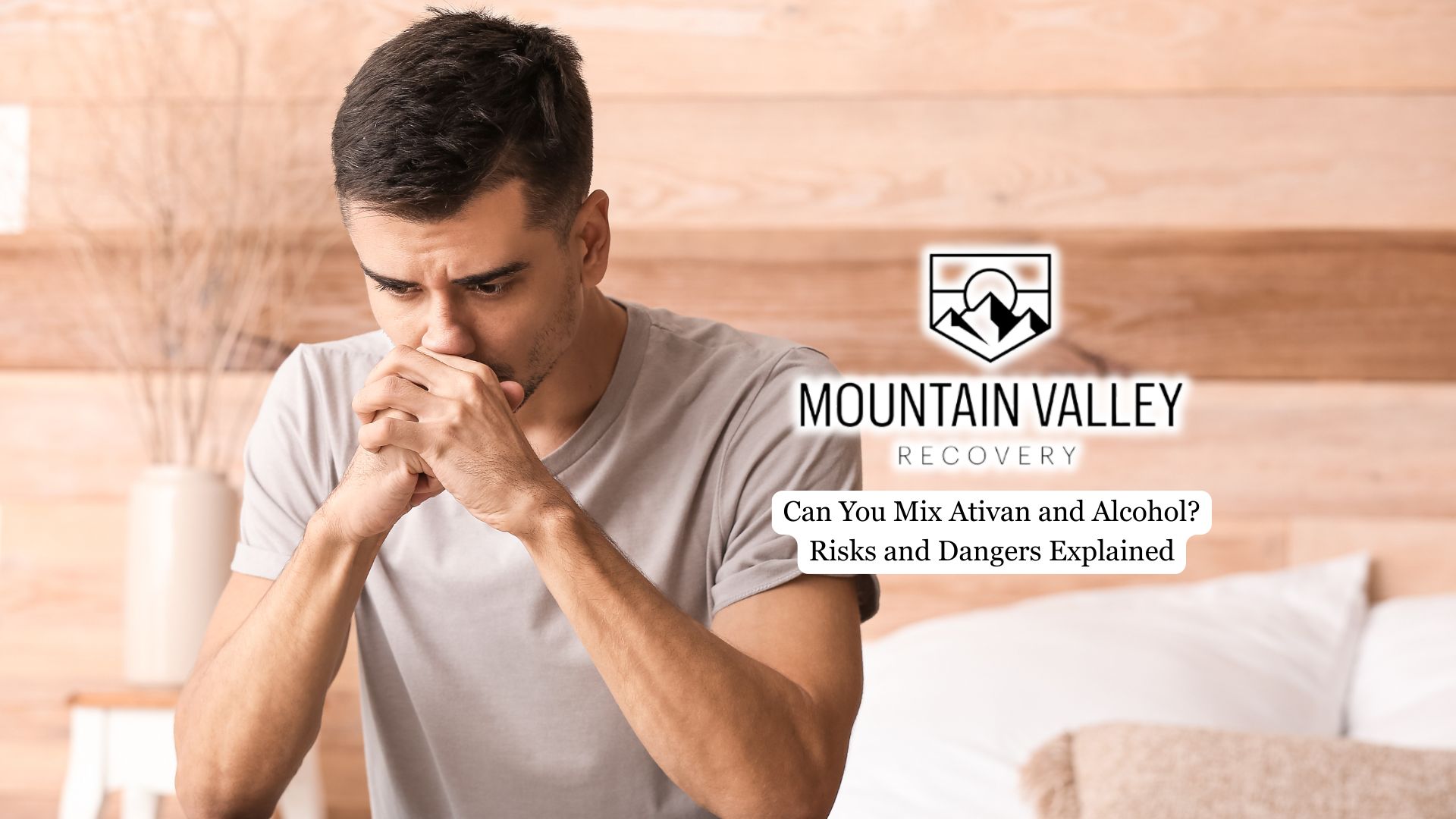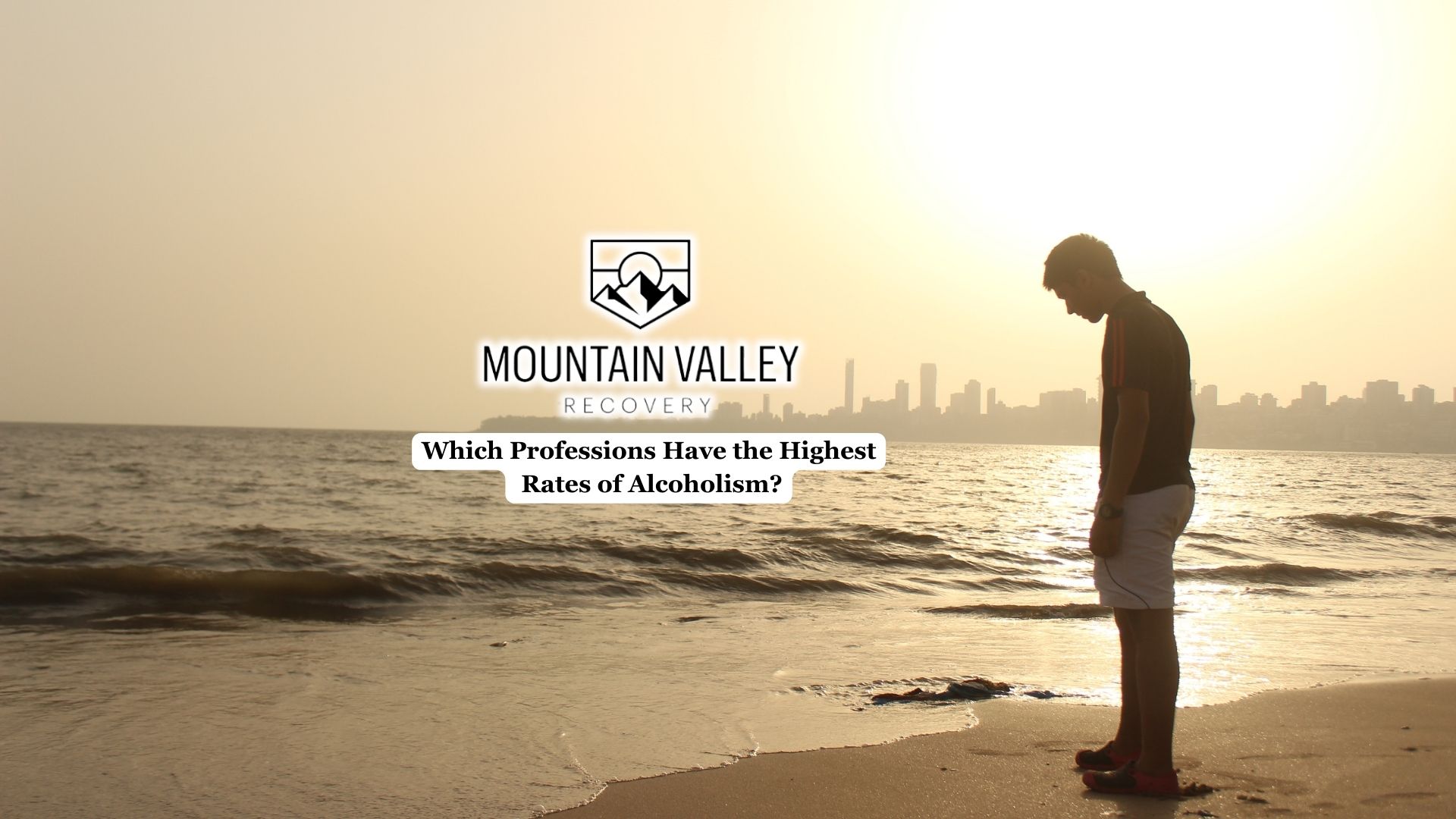Beneath the idyllic veneer of breathtaking landscapes and close-knit communities, Utah confronts an escalating crisis that permeates lives across all social strata and geographical areas. In recent times, the Beehive State has witnessed a notable transformation in its drug abuse landscape, with the emergence of fentanyl and the enduring prevalence of methamphetamine reshaping the state’s substance abuse landscape.
As we immerse ourselves in the data, patterns, and personal narratives underpinning Utah’s drug epidemic, we unravel a story that necessitates attention, compassion, and proactive measures.
Utah Drug and Alcohol Statistics
Utah’s substance abuse landscape paints a sobering picture, with 541 drug overdose deaths recorded in 2022, 74% of which involved opioids.
While Utah’s heavy drinking rates and binge drinking rates are lower than national averages at 5.0% and 11.7%, respectively, alcohol use in Utah still poses a significant public health concern.
From 2017-2019, 3.8% of Utahns aged 12 or older reported past-year substance use disorder, below regional (6.9%) and national (5.3%) levels.
However, the 903 annual alcohol-related deaths and 26,746 years of potential life lost in 2022 underscore the gravity of the issue.
For men grappling with substance abuse, discovering a compassionate and tailored treatment program in Utah can be a transformative step on the path to recovery.
Understanding Alcohol Consumption in Utah
While Utah’s alcohol consumption rates are lower than national averages, it’s crucial to understand the nuances and implications of drinking patterns in the state.
Utah’s binge drinking rate of 11.7% and heavy drinking rate of 4.0% are significantly lower than national figures. Despite these lower rates of binge drinking, excessive alcohol use still takes a toll, resulting in numerous alcohol-related deaths and years of potential life lost.
Alcohol use disorder affects a smaller percentage of Utah residents compared to regional and national averages, but it remains a concern for mental health and overall well-being.
Causes and Contributing Factors
Cultural and religious norms impact alcohol consumption, leading to lower binge drinking rates. However, the disparity in these rates across regions suggests that local social norms and economic conditions also influence substance abuse behaviors.
Utah’s position along major drug trafficking routes, particularly Interstates 15 and 80, has made it a significant corridor for Mexican cartels to smuggle illicit substances, especially fentanyl.
The state’s prescription drug misuse problem has also contributed significantly, with 80% of heroin users starting with prescription opioid abuse. The misconception that prescription medications are safe has led many people, including members of faith-based communities, to develop addictions inadvertently.
Economic pressures and rising living costs have potentially fueled increased drug use and abuse. On top of all, the COVID-19 pandemic exacerbated the situation, leading to a surge in mental health issues and substance misuse.
The state’s historically high opioid dispensing rate, although declining, has left a legacy of addiction. Lastly, the increasing prevalence of highly potent drugs like fentanyl and methamphetamine has heightened the risk of overdose deaths, further intensifying the crisis.
Health and Economic Impacts
In 2023, Utah witnessed a staggering 606 drug overdose deaths, marking a 14.3% increase from the previous year. Fentanyl was involved in 47.9% of these tragic fatalities. This crisis has placed an immense burden on the state’s healthcare system and economy.
In 2022, the total cost of excessive alcohol use alone in Utah was estimated at a sobering $2.209 billion, with a cost per drink of $3.70. The economic impact reaches far beyond direct healthcare costs, affecting productivity and straining public resources.
Utah spent nearly $500 million on substance abuse-related costs in 1998, which accounted for almost 12% of the state’s total budget. More recently, from 2017 to 2021, total spending per person in Utah on medical care and prescription drugs increased by 19%, rising from $4,200 to $5,000 per person.
The opioid crisis has also led to increased healthcare utilization, criminal justice costs, and lost productivity.

Preventive Measures and Public Health Strategies
Utah has taken significant steps to combat the opioid epidemic through the expansion of prescription drug monitoring programs. These programs aim to reduce the overprescribing of opioids and prevent misuse by tracking prescriptions across the state.
In addition, Utah has increased access to naloxone, a medication that can reverse opioid overdoses, through community distribution programs and training sessions for first responders and the public. The state has also launched educational campaigns targeting youth and families to raise awareness about the dangers of drug use and foster informed decision-making and resilience against substance abuse.
Utah has also invested in expanding treatment options, including medication-assisted treatment (MAT) for opioid addiction, which combines therapy with medications like buprenorphine or methadone.
Collaborative efforts among healthcare providers, law enforcement, and community organizations are crucial in creating a comprehensive approach that addresses the root causes of addiction while providing support for those affected.
Regional Variations in Youth Substance Use
While youth substance use in Utah remains relatively low compared to national trends, regional variations highlight the need for targeted prevention efforts.
You’ll find that only 3.6% of individuals aged 12-17 reported past-month marijuana use, and 8.1% of grades 9-12 reported past-month alcohol use in 2021. However, the average past-month illicit drug use among youth aged 12-17 was 5.1%, indicating areas of concern.
Notably, past-month alcohol use among Utah youth is lower than the national average, showcasing the influence of local factors. Yet, among young adults aged 18-25, past-month binge alcohol use was reported at 21.8%, emphasizing the need for targeted prevention efforts.
Final Thoughts from Mountain Valley Recovery
Utah faces ongoing challenges as its drug abuse landscape continues to evolve, and it’s evident that tackling addiction demands a multifaceted strategy. Mountain Valley Recovery provides a men’s-only inpatient rehab program in Utah, which is designed to offer a secure and focused environment for healing. Our program helps individuals rebuild their lives free from addiction by providing personalized care, evidence-based therapies, and the tranquility of Utah’s natural surroundings.

